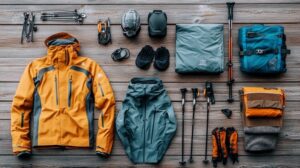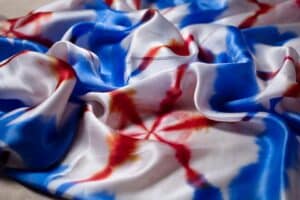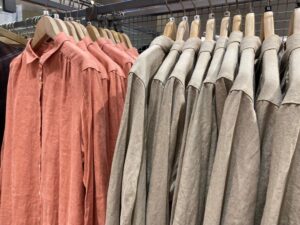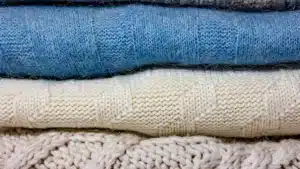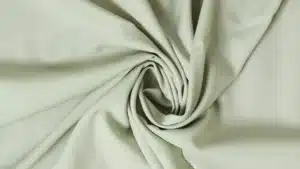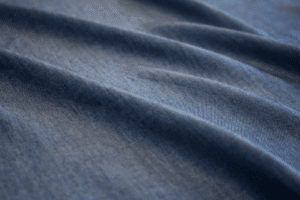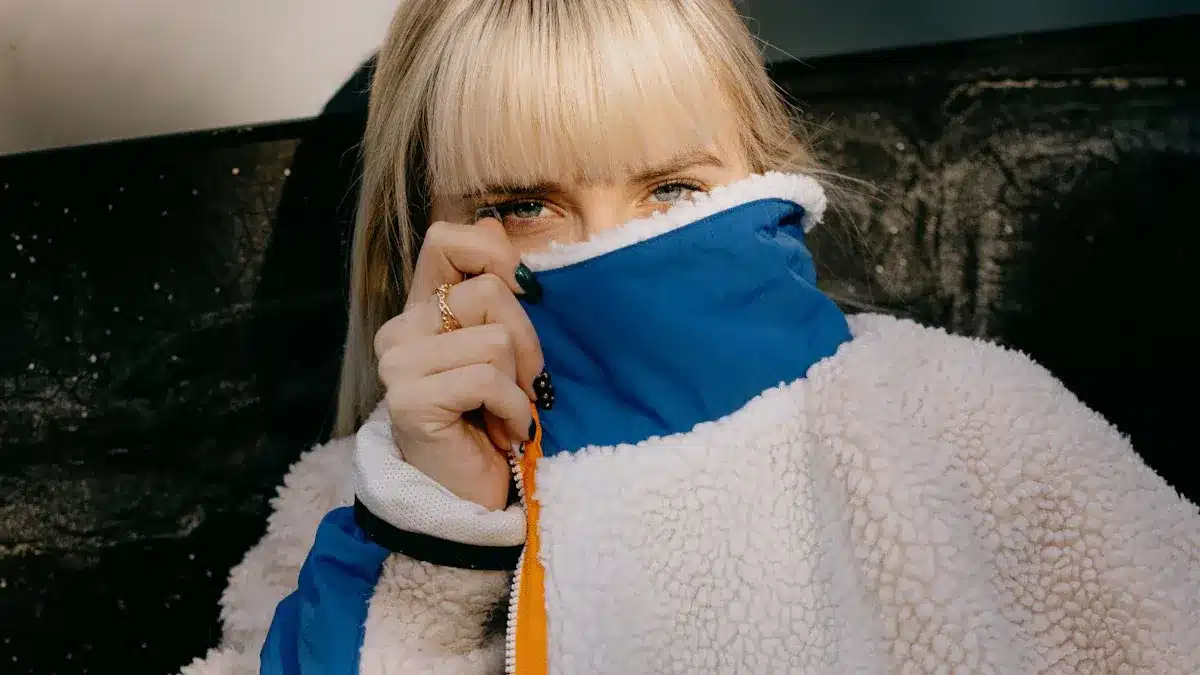
Comparing Fleece and Down Mid Layers
Explore the strengths and weaknesses of fleece and down.
Features | fleece mid layer | down mid layer |
|---|---|---|
Warmth | Steady warmth for mild conditions. | Superior warmth in cold, dry weather. |
Weight | Lightweight but bulkier. | Very light and compressible. |
Breathability | Excellent moisture management. | Poor breathability, traps moisture. |
Moisture Resistance | Dries quickly, handles dampness well. | Loses insulation when wet. |
Packability | Takes up more space. | Compresses to a small size. |
Durability | Very durable, withstands rough use. | Can be fragile, needs care. |
Cost | More affordable options available. | Generally more expensive. |
When getting ready for outdoor fun, picking the right fleece mid layer is important. Should you choose the soft warmth of fleece or the light insulation of down? Both have good points, and your choice depends on your needs—strength, easy packing, or working well in certain weather. For example, a fleece mid layer is useful and budget-friendly, while down gives great warmth without much weight. As more people enjoy outdoor activities, new ideas in both materials help us stay comfy outside. So, which one works best for you?
Key Takeaways
Pick fleece for outdoor sports. It lets air flow, keeps you dry, and works well for hiking or running in cool weather.
Choose down for cold and dry days. It keeps you very warm and packs small, great for winter trips.
Check your budget. Fleece costs less, but good down jackets can be pricey.
Think about the weather. Fleece is better with moisture, while down works best in dry, cold places.
Layer smartly. Wear fleece under a down jacket for more warmth and comfort when the weather changes.
Key Factors for Choosing a Mid Layer
Warmth and Insulation
Staying warm outdoors is very important. Mid layers help keep heat in, and both fleece and down do this well. Down is super warm, especially in cold, dry weather. Its warmth is measured by "fill power," which can range from 500 to over 1000. Higher fill power means it keeps you warmer without being heavy. For example, an 800-fill-power down jacket works great in freezing weather.
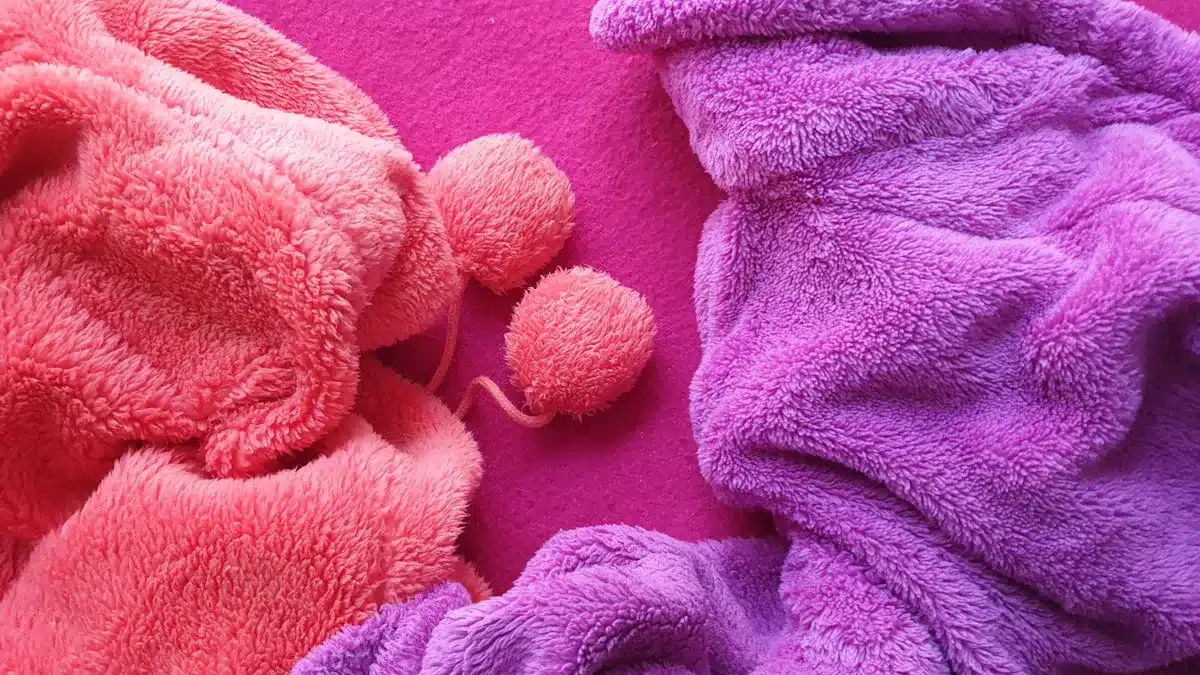
Fleece, however, gives steady warmth and comes in different weights—light, medium, and heavy. This makes it useful for many activities and weather types. While it’s not as warm as down in very cold weather, fleece works well in milder temperatures or when you're moving around a lot.
Insulation Type | Measurement/Rating | Description |
|---|---|---|
Down Jacket | Higher fill power means better insulation and warmth-to-weight ratio. | |
Fleece Weight | Lightweight, midweight, and heavyweight options for varying warmth levels. |
Weight and Packability
When packing for a trip, weight and space are important.
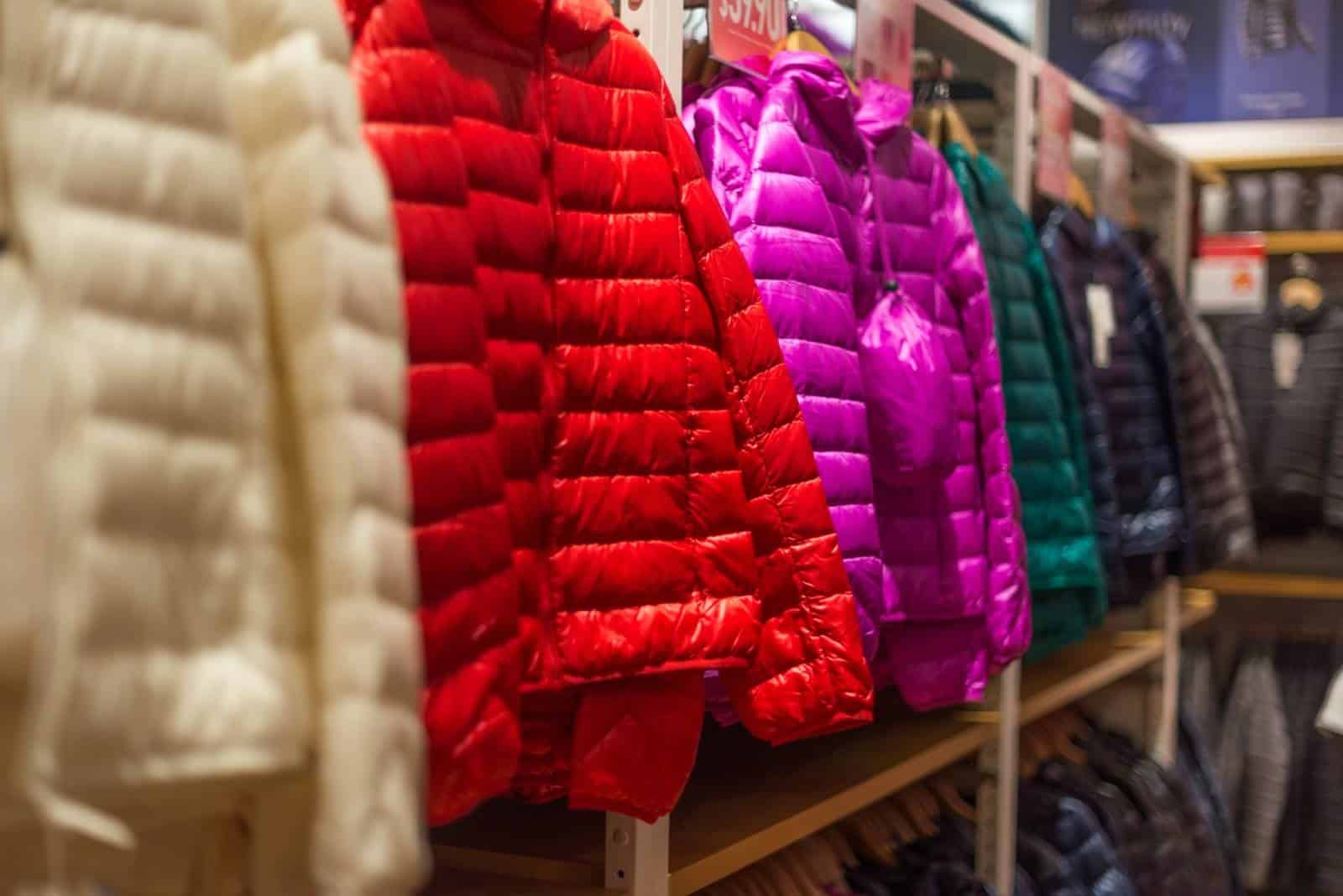
Down is great because it packs very small. A good down jacket can shrink to the size of a grapefruit, saving room in your bag.
Fleece is lighter but takes up more space. It doesn’t pack as small as down, so it’s not the best choice for trips where space is tight, like hiking or climbing.
Material | |
|---|---|
Down | Excellent |
Fleece | Not good |
Breathability and Moisture Management
Breathability matters when you're active outside. You don’t want sweat to make you cold. Fleece is great here. It lets sweat escape, keeping you dry and comfy during activities like hiking.
Down is warm but not very breathable. It traps heat well but doesn’t handle sweat or water. If it gets wet, it loses its warmth. This makes fleece better for sweaty or damp conditions.
Material | Breathability |
|---|---|
Fleece | Excellent |
Down | Not good |
Tip: For high-energy activities like hiking, choose a fleece mid layer to stay dry and comfortable.
Durability and Maintenance
Fleece mid layers are strong and last a long time. They can handle rough use, like rubbing against rocks or trees. Fleece doesn’t tear easily and stays in good shape. Over time, it might pill after many washes. Pilling doesn’t hurt how it works but can make it look older.
Down mid layers are not as tough as fleece. They are warm and light but can get damaged with rough use. If down gets wet, it stops keeping you warm. Some down items have water-resistant coatings, but these cost more. The durability of down depends on the product, so check its quality before buying.
Here’s a simple comparison:
Type | Durability | Maintenance Needs |
|---|---|---|
Fleece | Very good | Easy to wash and dry |
Down | Can be fragile | Needs careful care |
Tip: Choose fleece if you want something strong and easy to care for.
Cost and Affordability
Fleece mid layers are cheaper and fit most budgets. You can find good ones for about $100. They give steady warmth and are practical without costing too much. For example, grid fleeces are affordable and keep you warm.
Down mid layers are more expensive. High-quality down jackets can cost over $300. Jackets with synthetic insulation are a bit cheaper, costing $170 to $229. Down is warm and light, but its price might not suit everyone.
Here’s a price guide:
Price range | Type of mid layer | Features |
|---|---|---|
~$100 | Grid Fleeces | Good warmth, basic features |
~$170-$229 | Mid-Tier | Synthetic insulation, adjustable features |
>$300 | Premium | Top materials, advanced insulation |
Note: If you want to save money, fleece is the better choice.
Fleece Mid Layer: Strengths, Weaknesses, and Best Uses
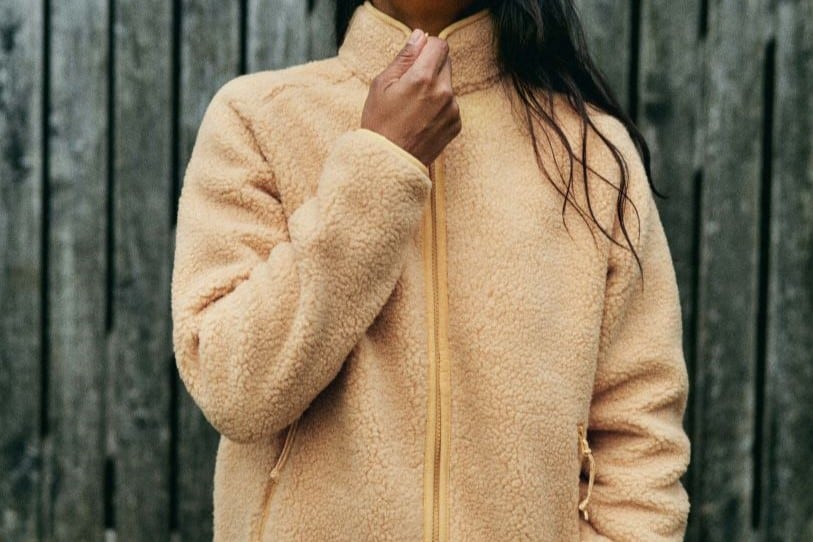
Strengths of Fleece Mid Layers
A fleece mid layer is a great pick for outdoor lovers. It keeps you warm without being heavy or bulky. Fleece works well in cool weather and can be layered for colder days. It’s light and breathable, so you won’t feel too hot during activities like hiking or jogging.
Fleece also handles sweat well. It pulls moisture away from your skin, keeping you dry and comfy. It dries fast, so you won’t stay wet for long after sweating or light rain.
Fleece is tough and lasts a long time. It can handle rough use, like rubbing against rocks or carrying gear. Over time, it might get fuzzy, but this doesn’t change how it works.
Metric | Performance |
|---|---|
Warmth | Very good |
Weight | Hard to pack small |
Durability | Strong, may pill |
Fun Fact: Fleece was invented in 1981 as a lighter, softer option than wool. It changed outdoor clothing forever!
Weaknesses of Fleece Mid Layers
Fleece has some downsides, too. It’s not great for wet or windy weather. Fleece doesn’t block wind well and isn’t as warm for its weight compared to other materials. For example, fleece has a warmth-to-weight score of 0.09 clo/oz./yd², while other insulations score 0.42 clo/oz./yd².
Fleece also takes up more room in your bag than down. If you need to save space, this could be a problem.
Insulation Type | |
|---|---|
Fleece | 0.09 |
Non-woven | 0.42 |
Best Activities and Conditions for Fleece
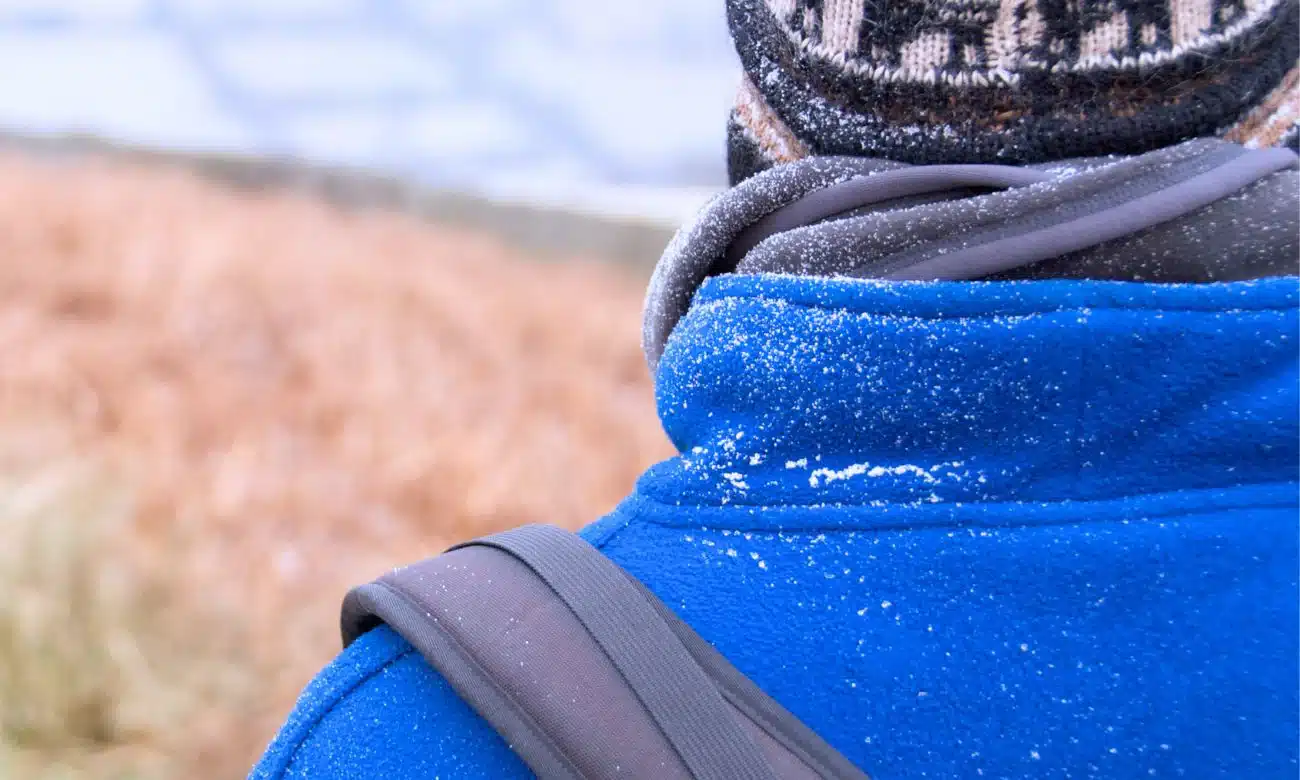
Fleece is perfect for active outdoor fun. If you’re hiking, running, or climbing in cool weather, fleece is a smart choice. It breathes well and keeps sweat away, making it great for sweaty activities.
You can also use fleece as a layer in colder weather. Wear it with a base layer and a waterproof jacket for extra warmth. But for wet or windy places, you might need something else.
Tip: Pick a fleece mid layer for active days in dry, cool weather. It’s a comfy and flexible option for outdoor adventures.
Down Mid Layer: Strengths, Weaknesses, and Best Uses
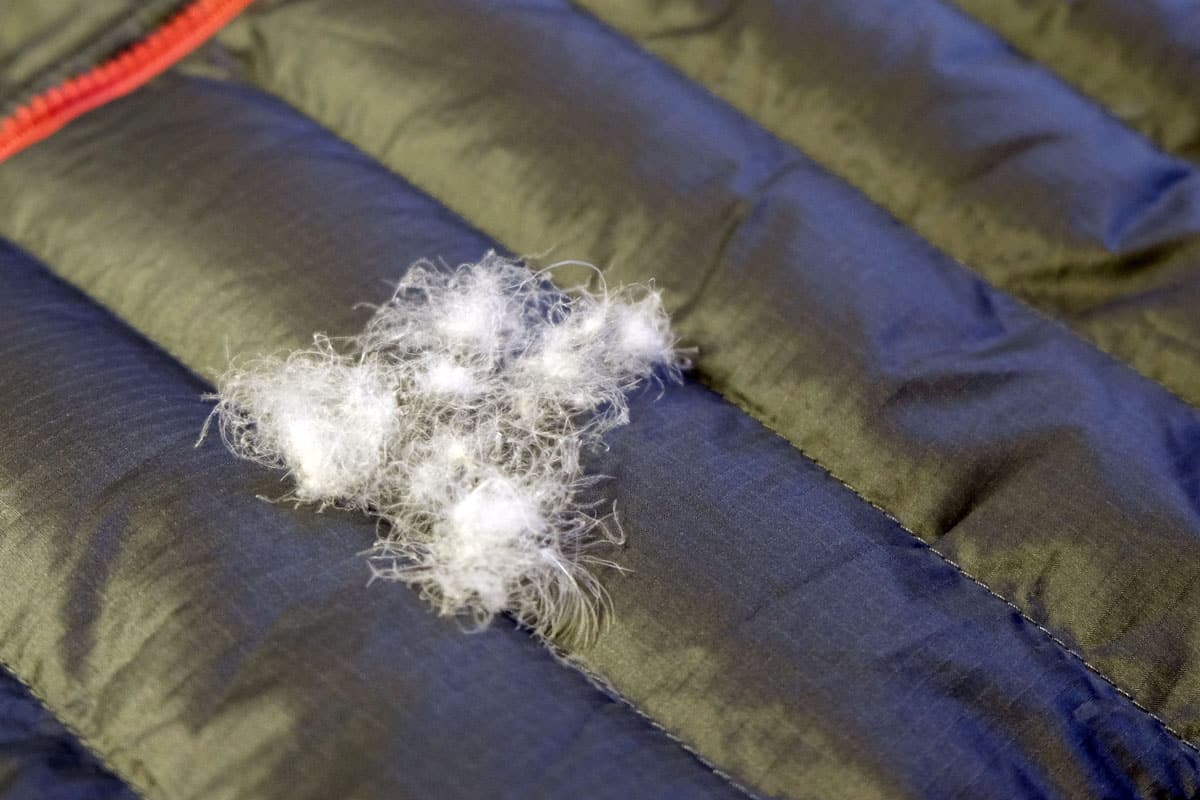
Strengths of Down Mid Layers
Down mid layers are super warm and very light. They are great for cold and dry weather. Down keeps you cozy by trapping heat really well. Its fill power shows how good the down is. Higher fill power, like 800 or more, means it’s warmer and lighter. This makes down jackets perfect for staying warm without feeling heavy.
Another cool thing about down is how small it packs. You can squish a down jacket into a tiny size. This is helpful for long trips or saving space in your bag. High-quality down jackets also have a lot of down compared to feathers, sometimes up to 95% down. This makes them work even better.

Here’s why down is awesome:
Warmth: Great for freezing weather.
Warmth-to-Weight Ratio: One of the best in outdoor clothing.
Fill Power: Higher numbers (700+) mean better warmth.
Packability: Packs small for easy travel.
Weaknesses of Down Mid Layers
Down doesn’t work well in wet or humid weather. When it gets wet, it stops keeping you warm. Wet feathers stick together and can’t trap heat. Some down jackets have water-resistant coatings, but they’re not fully waterproof.
Down also needs special care. Washing it is tricky, and if done wrong, it can ruin the insulation. Plus, down jackets are pricey. Good ones often cost more than $300.
Here’s a quick look at the downsides:
Moisture Sensitivity: Doesn’t stay warm when wet.
Durability: Needs gentle care to last.
Cost: More expensive than fleece.
Note: For wet or humid weather, think about using fleece or synthetic options instead.
Best Activities and Conditions for Down

Down mid layers are best for cold, dry places. They’re great for winter hiking, skiing, or climbing in low-humidity areas. If you’re visiting places like the Rockies or Patagonia, down will keep you warm and light.
For less active times, like camping in chilly weather, down is also a good pick. It’s light and warm, making it a favorite for outdoor fans. But if it might rain or be humid, bring a waterproof jacket to protect your down layer.
Tip: Use down for cold, dry trips where warmth and lightness matter most.
Fleece vs Down: Side-by-Side Comparison
Warmth
When it comes to warmth, down takes the crown. It’s incredibly efficient at trapping heat, making it perfect for freezing temperatures. The warmth-to-weight ratio of down is one of the best in outdoor clothing. For example, non-woven insulations like down average 0.42 clo/oz./yd², which is significantly higher than fleece’s 0.09 clo/oz./yd². This means down provides much more warmth for its weight.
Fleece, on the other hand, offers steady warmth but doesn’t compete with down in extreme cold. It’s better suited for milder conditions or when you’re staying active. While fleece may not match down’s insulation power, it performs well in damp or windy weather, where down struggles.
Feature | Down Mid Layers | |
|---|---|---|
Warmth | Low | Very High |
Warmth-to-Weight Ratio | Low | Very High |
Tip: If you’re heading into freezing, dry conditions, down is your best bet. For milder or damp weather, fleece is a solid choice.
Weight
Down is the clear winner when it comes to weight. It’s incredibly light and packs down small, making it ideal for trips where space and weight matter. A down jacket can compress to the size of a grapefruit, saving you valuable room in your backpack.
Fleece, while lightweight, doesn’t pack as compactly. It takes up more space, which can be a drawback for activities like hiking or climbing. However, fleece’s bulkiness can sometimes add a cozy feel, which some people prefer.
Feature | Fleece Mid Layers | Down Jacket Mid Layers |
|---|---|---|
Weight | Moderate | Very Light |
Packability | Low | Excellent |
Note: Choose down if you need to save space and weight. Fleece works well for shorter trips or when packing space isn’t a concern.
Breathability
Breathability is where fleece shines. It allows sweat to escape, keeping you dry and comfortable during high-energy activities like hiking or running. This makes fleece a great option for active outdoor adventures.
Down, while warm, doesn’t breathe as well. It traps heat effectively but struggles to manage moisture. If you sweat a lot or get caught in the rain, down can lose its insulating power. Fleece, on the other hand, dries quickly and keeps performing even when damp.
Feature | Fleece Mid Layers | Down Mid Layers |
|---|---|---|
Breathability | Excellent | Poor |
Moisture Resistance | Good | Poor |
Tip: For activities that make you sweat, like hiking or climbing, a fleece mid layer is the better choice.
Moisture Resistance
Fleece handles wet conditions much better than down. It pulls sweat away from your skin, keeping you dry during activities like hiking or jogging. Even if fleece gets wet, it dries fast and still keeps you warm.
Down doesn’t do well in wet weather. When it gets wet, the feathers stick together and stop trapping heat. This makes it less useful in rainy or humid places. Some down jackets have water-resistant coatings, but they still don’t work as well as fleece in very wet conditions.
Material | |
|---|---|
Fleece | Excellent |
Down | Poor |
Tip: For damp or unpredictable weather, fleece is the better and safer choice.
Packability
If saving space is important, down is the best option. Down jackets can be squished into a very small size, like a grapefruit. This makes them great for long trips or when your bag is full. Backpackers and climbers love down for its light weight and easy packing.
Fleece, while not heavy, takes up more room in your bag. Its bulkier size can make packing harder. But some people like the soft and cozy feel of fleece, even if it’s less compact.
Did you know? Down’s special structure lets air be squeezed out without hurting its warmth.
Cost
Fleece is a cheaper choice for most outdoor fans. You can find fleece layers for as low as $10, and even high-quality ones rarely cost over $100. This makes fleece a smart pick for staying warm without spending too much.
Down is warmer but costs more. A good down jacket can range from $50 to over $300, depending on its quality and brand. While it’s worth the price for very cold weather, it might not be the best choice for casual outdoor fun.
Mid Layer | Warmth | Warmth-Weight Ratio | Practicality | Cost |
|---|---|---|---|---|
Fleece | Low | Low | Very Good | $10-$100+ |
Down | High | High | Good | $50-$300+ |
Note: If you’re on a budget, fleece is a great deal. Down is better if you need extra warmth and can spend more.
Recommendations for Outdoor Activities and Climates
Best Choice for Hiking
For hiking, your mid layer should keep you warm but not sweaty. Fleece is a great pick because it lets sweat escape. This keeps you dry while walking on trails or climbing hills. It also dries fast, so light rain or sweat won’t bother you for long.
Down is warm and light but doesn’t work well in wet weather. If you’re hiking in a cold, dry place, down can be useful. But for most hikes, fleece is better. It’s tougher and can handle rubbing against rocks or trees without tearing.
Tip: For hiking, choose a mid layer that breathes well and dries fast. Fleece is the best option for active adventures.
Performance Characteristic | Description |
|---|---|
Technological Advancements | New mid layers improve breathability and moisture control for hikers. |
Consumer Preferences | Hikers like lightweight, strong, and affordable options like fleece. |
Sustainability | Many fleece layers use recycled materials, making them eco-friendly. |
Best Choice for Skiing and Snowboarding
For skiing or snowboarding, staying warm and dry is important. Down is great for cold, dry days because it traps heat well. It’s also light, so it fits easily under your ski jacket. But if it gets wet, it stops keeping you warm, which can be a problem in melting snow.
Fleece is better for snowy or damp conditions. It breathes well, so you won’t overheat during active runs. It also handles moisture better than down, making it safer for wet snow. If the snow is very wet, synthetic-insulated jackets are another good choice.
Warmth Rating | Snow and Wet-Weather Protection | Breathability Rating | |
|---|---|---|---|
Down | Excellent | Poor | Poor |
Synthetic | Very good | Very good | Very good to excellent |
Wool | Good | Good | Good |
Fleece | Low | Good | Excellent |
Note: Use down for dry, cold ski days. Choose fleece for wetter snow or humid conditions.
Best Choice for Camping
Camping often means sitting still for long times, especially at night. For cold nights, down is the best choice. It’s super warm and light, so it keeps you cozy without adding bulk to your gear.
Fleece is better for mild weather or when you need a layer for both day and night. It’s strong, easy to clean, and works well in damp conditions. If the weather is unpredictable, fleece is a safer choice because it handles moisture better than down.
Type | Warmth | Warmth:Weight Ratio | Practicality | Recommended |
|---|---|---|---|---|
Fleece | Moderate | Low | Very Good | Great for mild conditions |
Down Jackets | High | Excellent | Good | Best for cold nights |
Tip: For camping, pick down for cold, dry nights. Use fleece for milder or damp weather.
Best Choice for Wet vs Dry Climates
When picking between fleece and down for wet or dry weather, think about how each works. Fleece is great in wet conditions. It breathes well, dries fast, and keeps you warm even if damp. New fleece fabrics are lighter and easier to pack, making them handy for changing weather.
Down is best for dry climates. It’s super warm and very light. But it doesn’t do well in wet weather. When down gets wet, the feathers stick together, and it stops keeping you warm. This makes it less useful in rainy or humid places.
Material | Pros | Cons |
|---|---|---|
Down | Very light, packs small, super warm, lasts long if dry | Stops insulating when wet, needs special care, costs more |
Fleece | Breathes well, dries fast, gives steady warmth | Less warm in extreme cold, varies in thickness |
Tip: Use fleece for wet weather since it dries fast and handles moisture well. For dry, cold weather, down is the better choice for staying warm.
Best Choice for Cold vs Mild Temperatures
The weather’s temperature also affects your choice. Down is the best for freezing weather. It’s very warm and light, making it great for icy days. Jackets with high fill power, like 800 or more, keep you warm without being bulky. This makes down perfect for cold-weather camping or relaxing outside.
Fleece is better for mild or cool weather. It keeps you warm but won’t make you too hot during activities. If you’re hiking or jogging in chilly weather, fleece helps sweat escape and keeps you comfy. It’s also good for layering when the weather changes.
Temperature | Best Mid Layer | Why |
|---|---|---|
Freezing | Down | Super warm, light, and easy to pack |
Mild | Fleece | Breathable, wicks sweat |
Note: For very cold weather, pick down to stay warm without extra weight. For mild or changing temperatures, fleece is a smart and flexible choice.
Both fleece and down mid layers bring something special to the table. Fleece shines in wet or mild conditions, especially when you're active and need breathability. It’s durable, affordable, and handles moisture like a pro. On the other hand, down is your go-to for cold, dry environments. It’s incredibly warm, lightweight, and packs down small for easy travel.
Key takeaway: Think about your activity, the weather, and what matters most to you—whether it’s warmth, weight, or cost. The right choice depends on your needs and preferences.
FAQ
What’s the main difference between fleece and down mid layers?
Fleece is breathable and handles moisture well. It’s great for damp, active days. Down is warmer and lighter, perfect for cold, dry weather. Pick based on your activity and the weather.
Can I use fleece and down together?
Yes, you can! Wear fleece under a down jacket for extra warmth and dryness. This works well in cold or changing weather.
Which mid layer is better for wet weather?
Fleece is better for wet weather. It dries fast and stays warm even when damp. Down doesn’t work well when wet, so it’s not good for rainy days.
How do I care for fleece and down mid layers?
Fleece is simple to clean. Wash and dry it in a machine. Down needs more care. Use a gentle washer, mild soap, and low heat to dry. Always check the care label.
Is fleece or down more eco-friendly?
Fleece often uses recycled materials, making it eco-friendly. Down can also be eco-friendly if it’s responsibly sourced. Look for RDS (Responsible Down Standard) certification.


